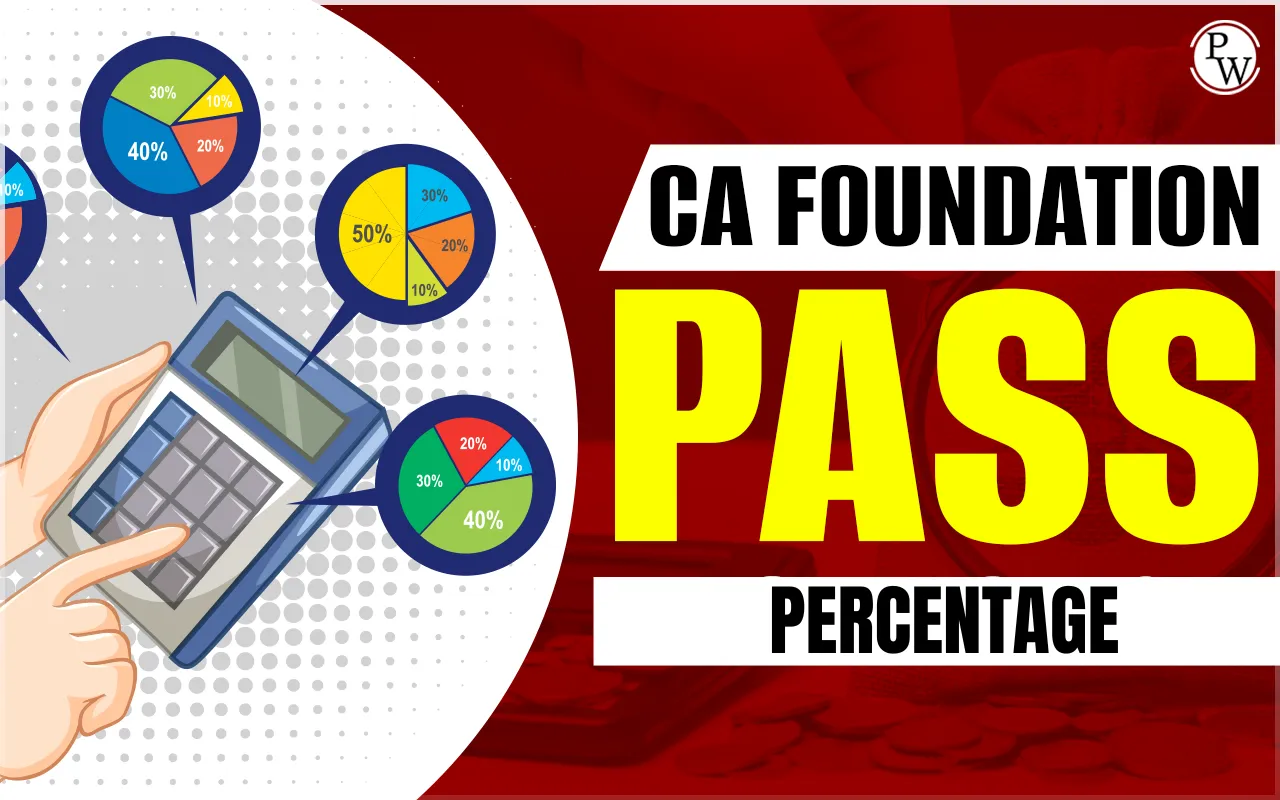
The different types of markets in economics range from perfect competition and monopolies to labour markets and online marketplaces. This study focuses on understanding how these markets operate and their influence on resource allocation in the economy.
The article explores various market types for CA Exams based on factors such as the products offered, buyers, competition levels, and geographical reach. It also explains the concept of economic activity, its stages, types, and examples, providing insights into how wealth is generated through economic processes.Types of Markets
In economics, markets are categorized based on competition and industry. But first, let’s understand what a market is. A market is any system, institution, or structure where parties engage in the exchange of goods and services. Markets play a crucial role in shaping the economy. While bartering is possible, most markets today involve sellers offering products or services (including labour) in exchange for money. Simply put, markets help determine prices in the economy.Types of Markets Based on Product’s Nature
This classification divides markets based on the type of goods or services being exchanged. These can be perishable, durable, industrial, or service-based.Perishable Goods Market – Perishable goods are items that spoil or expire within a short period. This market focuses on goods like food, medicine, or cosmetics, which have a limited shelf life.
Durable Goods Market – The durable goods market includes products that last longer and can be used repeatedly before wearing out, such as cars, appliances, or clothing.
Consumer Goods Market – Consumer goods are physical products designed for the final user’s needs. These are often called end products or final goods and are what you typically find on store shelves.
Industrial Goods Market – Industrial goods are used to create other products, often based on the demand for consumer goods. These include raw materials and manufactured items. They are divided into:
- Production goods – These are used to make consumer products.
- Support goods – These assist in the production process of consumer goods.
Services Market – Unlike physical goods, services are intangible offerings such as healthcare, education, or transportation, provided rather than manufactured.
Also Check: Scope of Business Economics
Types of Markets Based on Buyer’s Nature
Not all buyers of goods and services are the same, which helps classify markets based on buyer behavior into four key types:Consumer Market – This market consists of individuals who purchase goods and services to meet their personal needs. Consumers buy products for their own use, like someone purchasing a bottle of water to satisfy their thirst.
Labor Market – In the labor market, workers offer their labor (supply), and companies or employers seek workers (demand). This market connects people looking for jobs with employers who need their skills.
Government Buyer Market – This market involves government institutions purchasing goods and services to deliver public services, like healthcare, or for infrastructure projects, such as buying asphalt for road construction.
Reseller Market – Resellers purchase products with the intent of selling them at a higher price to make a profit. For example, supermarkets buy items from manufacturers and resell them to customers.
Industrial Buyers Market – Industrial buyers are companies that purchase raw materials or resources to produce other goods. For instance, a company buying leather to manufacture shoes, bags, or belts.
Types of Markets Based on Geographical Area
In this classification, markets are distinguished based on the geographic location of consumers, allowing us to identify local, regional, national, international, and global markets:Local Market – This is the smallest geographical market, targeting consumers within a city or town. For example, a small bakery in Noida that sells only within the local area operates in a local market.
Regional Market – A regional market covers a larger area than the local market. If the same bakery expands its operations to serve other districts within Uttar Pradesh or the National Capital Region, it becomes a regional market player.
National Market – The national market serves consumers across an entire country. An example is IRCTC, which provides ticketing, catering, and tourism services throughout India.
International Market – When a company extends its operations to other countries, it enters the international market. Multinational companies (MNCs) are a common example, serving customers from different nations.
Global Market – A global market involves companies that operate worldwide, conducting business across multiple countries and continents. The internet has significantly contributed to the growth of global markets by enabling companies to reach buyers from all over the world.
Types of Markets Based on Competition
Markets can also be categorized based on the type of competition faced by producers or suppliers, which include:Perfectly Competitive Market – This is a theoretical market where products are identical, and there are no entry barriers. With many buyers and sellers, no single buyer or seller can influence prices. All participants are price takers, not price setters.
Monopolistic Competition – In this market, there are many buyers and sellers, but the products are not identical. Sellers offer slightly differentiated products, and consumers have a choice between similar items. Sellers have some control over pricing and can charge slightly higher prices due to product differentiation. An example is the milk industry, where products are similar but branded differently.
Oligopoly – An oligopoly is a market where a few large firms dominate. These firms can either compete or collaborate, influencing prices. Entry into this market is difficult due to barriers, making it hard for new firms to establish themselves. Buyers often have more influence than sellers. Examples include the automobile or airline industries.
Monopoly – In a monopoly, a single seller controls the entire market and sets prices without competition. Buyers have no choice but to accept the seller's prices. Monopolies are generally undesirable, as they limit competition and consumer choice. Like perfect competition, monopolies are often considered more theoretical than practical.
Unlock your potential and excel in your CA exams with PW CA Courses. Expert guidance, comprehensive resources, and personalized support to help you succeed. Enroll now and start your journey!| Also Check | |
| Declaration and Payment of Dividend | Partnership Accounts |
| Preparation of Final Accounts of Sole Proprietors | Company Accounts |
| Theory of Production and Cost | Theory of Demand and Supply |
Types of Markets FAQs
What are the main types of markets in economics?
How does buyer behavior affect market classification?
What is the difference between a local and a global market?
What are the types of competition in markets?
Can you explain the concept of a monopoly market?










